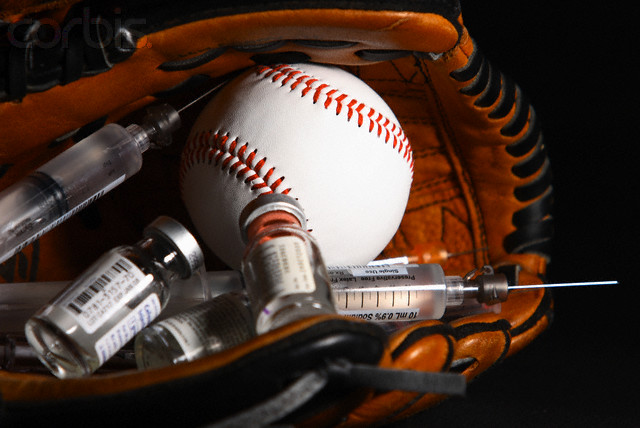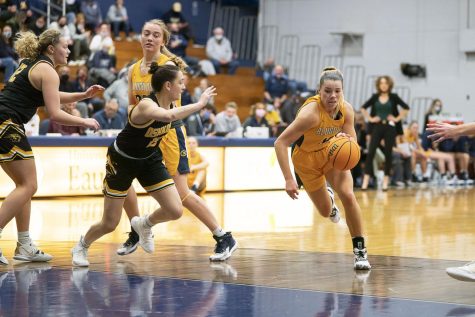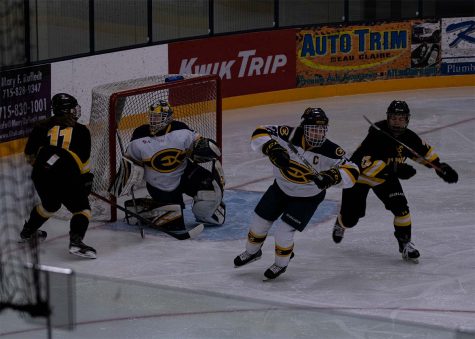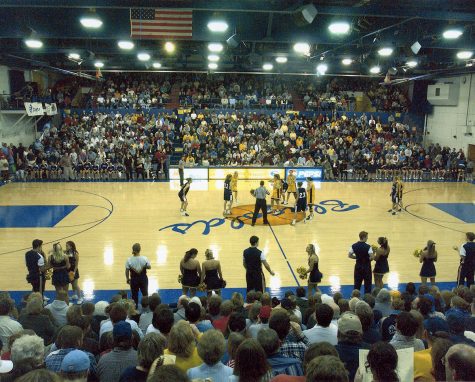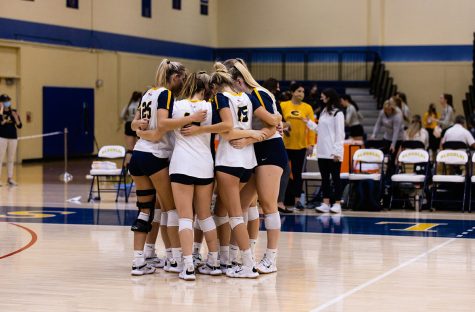Color Commentator: Steroids and the Hall of Fame
Some of baseball’s most accomplished players have been linked to taking steroids during their career, begging the question of whether they still belong in the Hall of Fame
More stories from Parker Reed
Photo by SUBMITTED
The time frame most commonly referred to as the “steroid era” is the mid- to late 1990s.
Baseball is America’s pastime. It needs to remain pure.
Those are words plenty of baseball purists stuck in the past utter every time they are confronted with the question of whether steroid users belong among the baseball greats are not. A tradition has been made of turning a blind eye to disgraced legends ever since steroid shaming began over a decade ago.
The mid- to late 1990s was a time of record breaking home run numbers and steadily increasing earned run averages (ERA) in Major League Baseball (MLB). The most prominent example of this surge of power took place in 1998 when St. Louis Cardinals first baseman Mark McGwire and Chicago Cubs right fielder Sammy Sosa took place in a historic competition.
Dubbed “the home run chase,” the captivating event involved both players attempting to break Roger Maris’ long-standing and highly coveted record of 61 home runs in a single season. Both did, but they did so in astonishing fashion.
McGwire ended the season with 70 home runs and Sosa with a respectable 66. These numbers seemed too good to be true, and a number of years later, it was revealed that this was, in fact, the case.
Former All-Star MLB athlete Jose Canseco published a book in 2005 that changed baseball forever. Entitled, “Juiced: Wild Times, Rampant ‘Roids, Smash Hits & How Baseball Got Big,” the publication called out the entire league, accusing over 85% of its players of abusing human growth hormone (hgh) or steroids.
The main players indicated in the book were Mark McGwire, Rafael Palmeiro, Jason Giambi, Ivan Rodriguez and Juan Gonzalez. After many court hearings, lies and a number of confessions, the baseball community still treats accused steroid abusers like that one girlfriend you are really ashamed you dated back in high school.
Players such as Roger Clemmons and Barry Bonds rank among the top athletes at their respective positions. They have Most Valuable Player Awards, World Series Titles and fan support (for the most part), but there is one thing they don’t have: A bust in Cooperstown.
In order to be enshrined into the baseball hall of fame, a player must meet a certain criteria in the eyes of the Hall of Fame’s voters. According to baseball-reference.com, a player must have competed in ten seasons, been retired for at least five seasons and if they don’t receive 75 percent of all ballots cast in an election after 10 attempts, they are not allowed in.
This seems like an easy feat for some of the greatest players in baseball history to accomplish, but not when they are connected to steroids.
Steroids seem to be the kryptonite for some of baseball’s greats. It is the blemish on the face of baseball itself, and it seems like the individuals who make up the MLB want to distance themselves from the individuals accused of abusing the performance-enhancing drug as much as possible. Their reason is one of self-preservation.
Many of the voters who make up the voting committee see allowing steroid users in the hall as saying cheating is acceptable and should be celebrated. By not allowing these players in, no matter how impressive their accomplishments are, they are sending a message to the league and its fans. However, I don’t believe this helps baseball in the slightest.
Judging a player’s entire career based on a few years of mistakes paints the picture the player would be nothing without steroids. This could not be further from the truth because the drugs can’t hit a 92 mph curveball, perform under pressure or put in countless hours on and off the field to perfect their craft. It isn’t rewarding cheating, it is rewarding greatness.
During this past Hall of Fame induction cycle, both Bonds and Clemmons received over 50 percent of the vote. Baseball is finally getting the notion these players belong aside the other legends of the game. However, time is running out for baseball to correct itself.
It won’t be long until some of these players run out of time to be inducted, and their legacies will be tarnished because of it. If baseball truly wants to preserve its history, the Hall of Fame voters need to start judging players more on their accomplishments than their mistakes.

